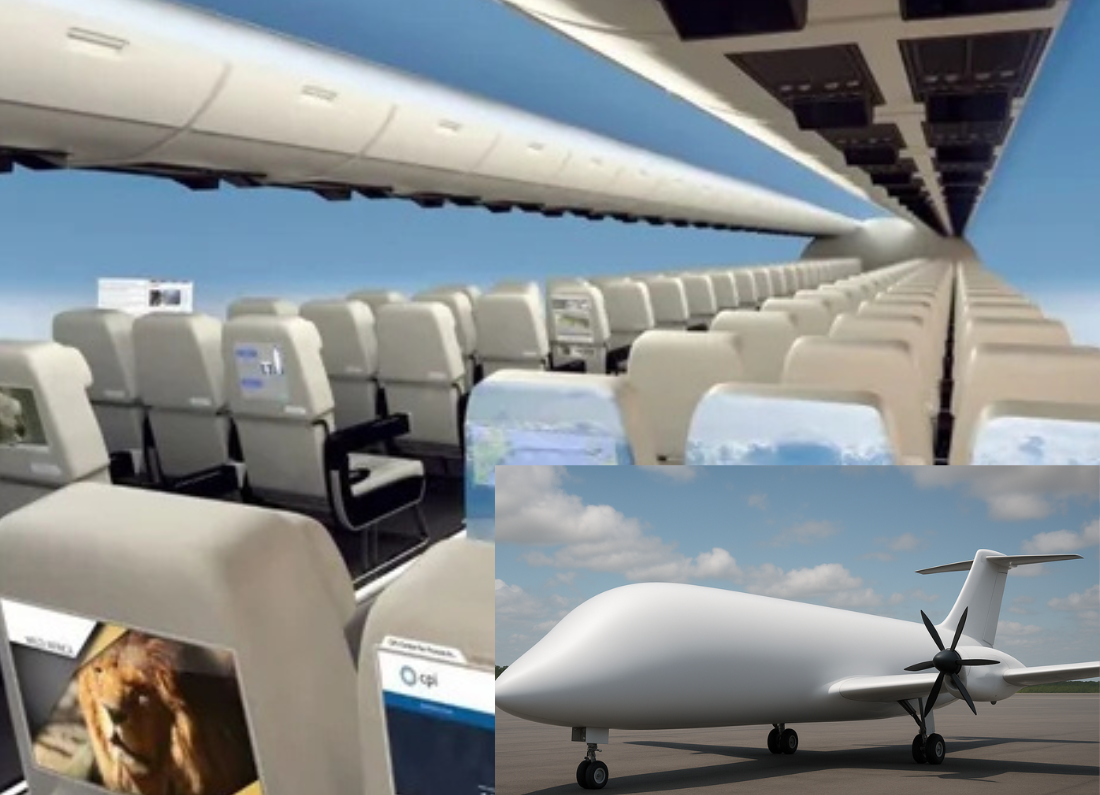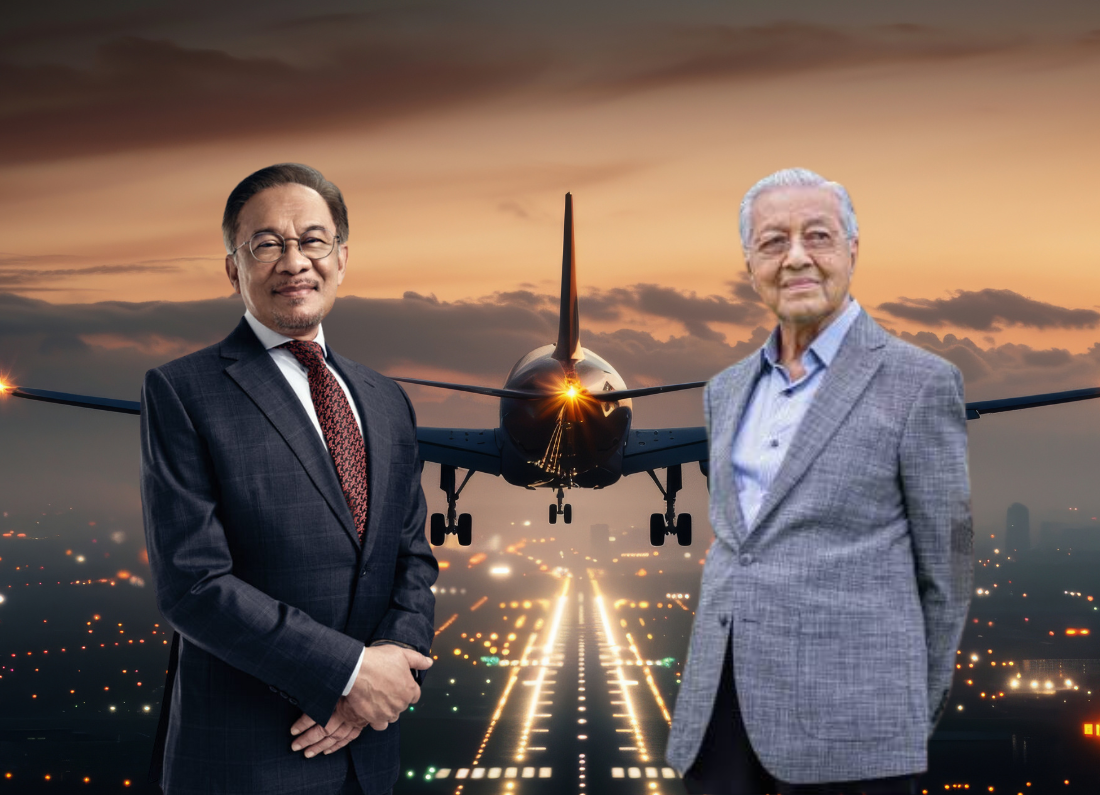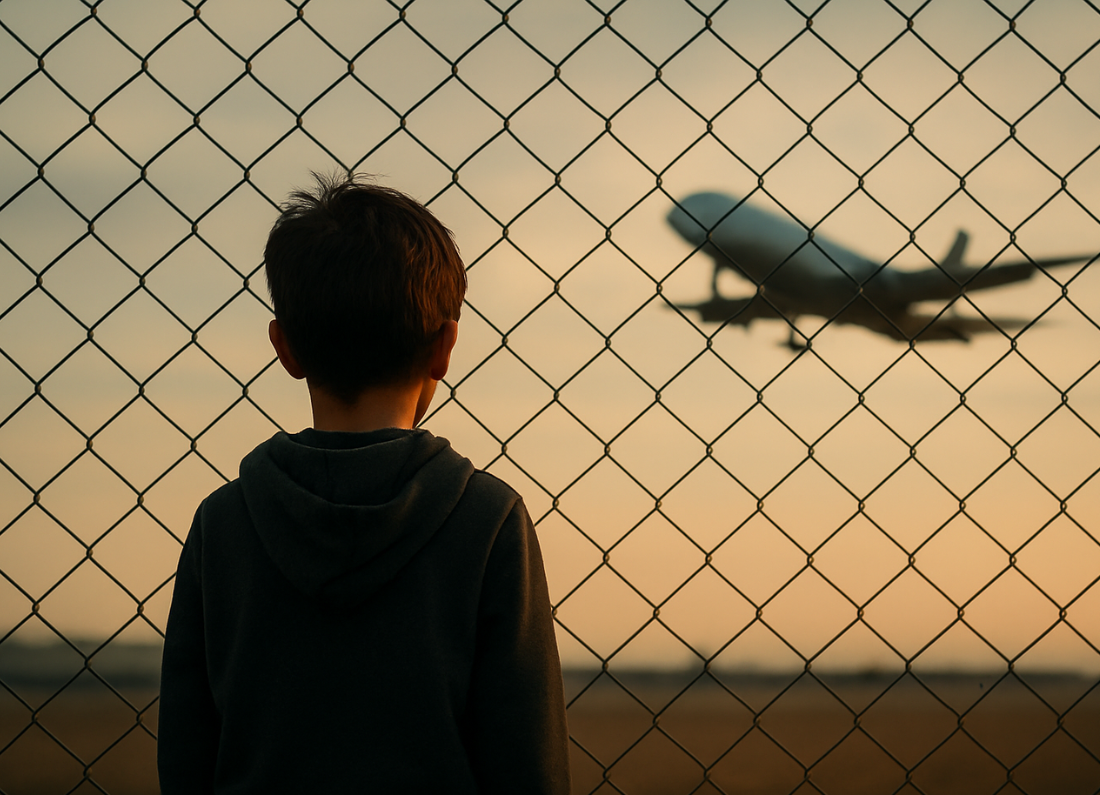The aviation industry has always been at the forefront of innovation. From composite materials to fuel-efficient engines, every advancement is aimed at making air travel safer, faster, and more sustainable. Recently, one futuristic concept gaining attention is the windowless passenger aircraft, where traditional windows are replaced by high-definition screens. While this idea may seem cutting-edge, we at MyAviation Magazine strongly believe it raises serious safety concerns.
Windows Are More Than Just a View
For passengers, looking out of the window may simply be about enjoying the clouds or spotting the city skyline. But in aviation, windows serve a critical safety function. In the event of an emergency, passengers and cabin crew rely on windows to assess external conditions, such as fire, smoke, debris, or blocked exits, before deciding whether evacuation is safe. Without real windows, this vital judgment would be compromised.
Crew Safety Protocols Depend on Visibility
Before every takeoff and landing, cabin crew perform a quick “30-second review” to prepare for emergencies. Part of this routine involves observing conditions outside the aircraft. A windowless design would strip crew of this essential layer of safety monitoring, relying instead on electronic feeds that may fail in critical moments.
Technology Cannot Replace Reality
Proponents of windowless aircraft argue that advanced digital displays can simulate outside views. However, these systems bring new vulnerabilities, from technical malfunctions and power failures to cybersecurity risks. In aviation, where safety margins are designed to be uncompromising, such reliance on fragile systems introduces unnecessary dangers.
Passenger Well-being Matters Too
Beyond technical safety, windows play an important psychological role. Passengers often feel more secure when they can see outside during turbulence, takeoff, and landing. A completely enclosed cabin, relying only on screens, could lead to higher anxiety and discomfort, potentially worsening emergency situations.
Innovation Must Never Compromise Safety
Aviation thrives on progress, but history has proven that every innovation must uphold the industry’s number one priority, safety. Until a windowless aircraft design can demonstrate safety levels equal to, or greater than, current standards, this concept should remain on the drawing board.
At MyAviation Magazine, our position is clear, windows are not a luxury. They are an essential part of aviation safety and passenger trust.














Leave a Reply